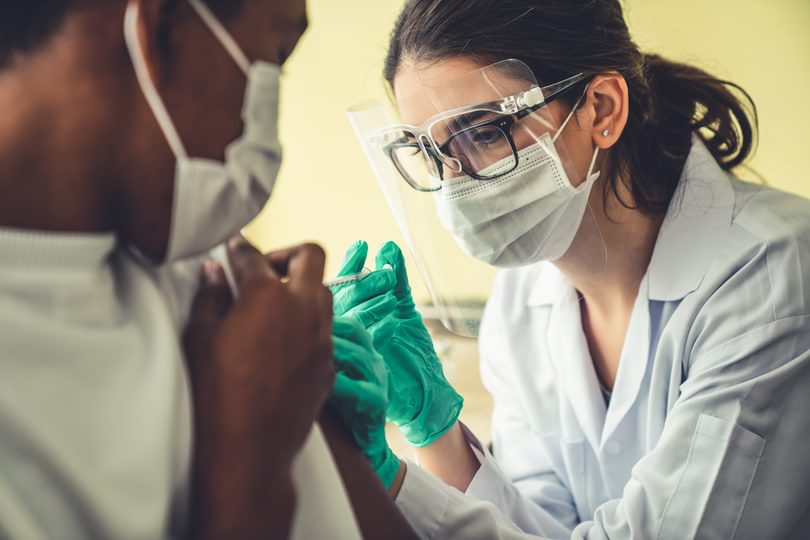
The triumph of COVID vaccine development, and the identification of effective treatments like dexamethasone, were only possible because of unprecedented coordination of clinical trials.
These trials compressed a process of testing that often lasts over a decade to less than nine months. The public trials infrastructure that enabled COVID breakthroughs should serve as a model for other major health crises – like antimicrobial resistance.
Antimicrobial resistance (AMR), bacteria’s ability to resist the antibiotics used to control them, poses a grave threat to our health and food production systems. Tens of thousands are already dying of infections that were once treatable, and the problem is growing. While we need to take better care of the antibiotics we have, the pharmaceutical pipeline for new antibiotics with new ways of overcoming bacterial defences is almost empty.
The problems of commercial antibiotic research and development (R&D) are well-known: research, trials, and licensing are expensive; antibiotics yield less profit than other drugs for cancer or chronic conditions, and new antibiotics need to be protected from overuse. To lure commercial investors back into the field the UK, US, and EU have invested over $1.5 billion of public money to subsidise early-stage research and increase the financial yield of antibiotics that make it through trials. At this year’s G7, Britain promoted a Netflix model whereby the public no longer pays industry for use of an antibiotic but for the right to access it if needed.
A network of public institutes capable of carrying out trials and producing experimental compounds could transform the broken pipeline
However, so far subsidies for commercial R&D have had limited success. Only five large companies are still researching antibiotics and smaller companies with licensed novel drugs have gone bust despite public support and subsidies. Recent reviews by the World Health Organization and other non-governmental organisations have criticised fragmentation and duplication of public funding and a lack of innovation in drug design.
In a new article published in The Lancet Microbe, a group of European researchers propose learning from COVID-19 and turning the existing subsidy model on its head. Rather than funding individual companies with drugs that may or may not make it through the “valley of death” of clinical trials, we propose focusing public investment on the bridge crossing this valley. A network of public institutes capable of carrying out trials, and producing limited amounts of experimental compounds for these trials, could transform the broken pipeline.
Its success would be measured in a permanent stream of new drugs and pandemic preparedness
A dedicated antibiotic trials infrastructure would protect promising drugs from commercial failure, add value to early-stage antibiotic R&D at public research institutes, enable commercial developers to offload promising but non-profitable compounds, and help target R&D efforts on the most pressing health threats rather than the most profitable markets. Its success would be measured not in individual but in a permanent stream of new drugs and pandemic preparedness. At the end of a clinical trial, industry could be commissioned to manufacture and distribute licensed drugs at fair prices to health care providers.
After a decade of stop-start measures, both the public and private sector need an infrastructure that streamlines efforts, reduces risks, and ensures sustainable access to the antibiotics we all rely on.
This opinion piece reflects the views of the author, and does not necessarily reflect the position of the Oxford Martin School or the University of Oxford. Any errors or omissions are those of the author.
